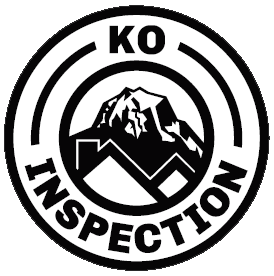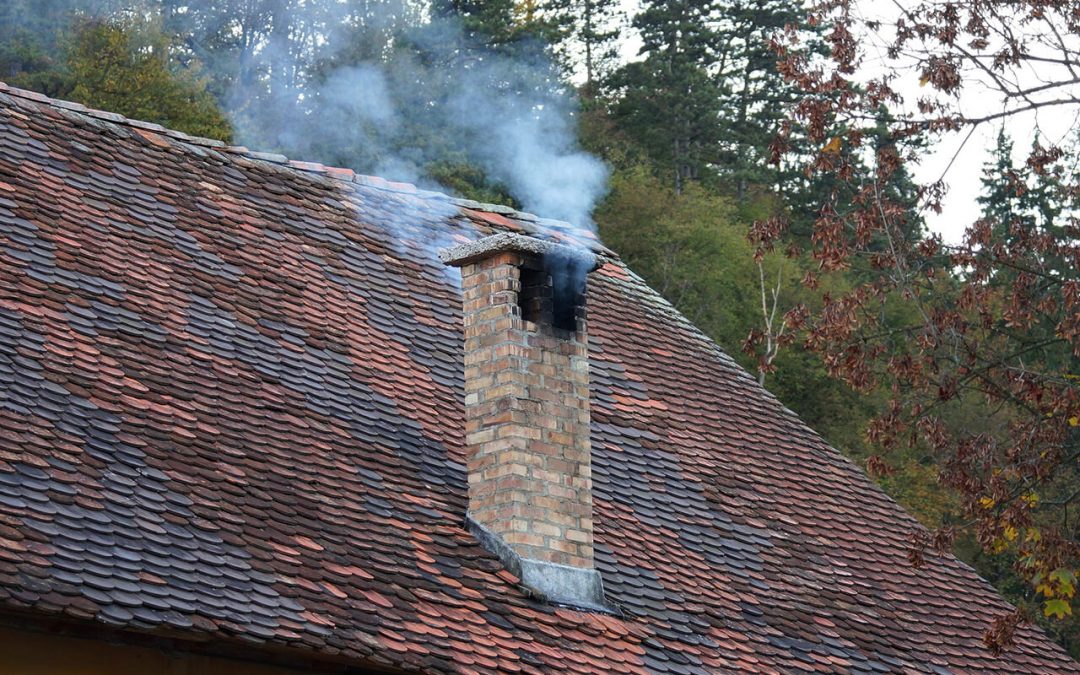Chimney fires can cause damage to your home and pose a danger to your family. The following tips will help you understand the most effective ways to prevent chimney fires.
What Causes a Chimney Fire?
Chimney fires often occur due to the buildup of creosote. This highly-combustible substance is created during the wood-burning process. When wood burns, it produces the following substances:
- Gas
- Smoke
- Water vapor
- Tar fog
These substances condense when they leave your fireplace and enter the chimney. The resulting residue is creosote. When creosote builds up, it creates a fire hazard. Many chimney fires are not easily detected. They can burn unnoticed and cause structural damage. In other cases, there are obvious signs that you might have a chimney fire, like:
- Thick smoke
- Explosive flames
- Popping sounds
Prevent Chimney Fires With Annual Cleanings and Inspections
Your first duty is to have the chimney inspected and cleaned at least once a year. This maintenance removes accumulated soot and creosote. The best way to do this is to hire a certified chimney sweep. This professional will not only clean out the buildup, but will make sure everything is in the proper condition for the best passage of exhaust gas and smoke.
Burn Small Fires
Large fires create more creosote and soot. Build smaller fires to prevent this problem. A small fire is also safer and easier to control.
Use the Proper Type of Wood to Prevent Chimney Fires
Don’t use wet, unseasoned wood. The moisture in this wood emits the substances that create creosote inside your chimney. The best type to use is dry, seasoned wood. Use wood that’s been seasoned six months or more and stored in a dry place.
Don’t Use Combustible Items in Your Fireplace
Keep combustible liquids and materials away from your fire-starting process to prevent chimney fires. Those types of combustible materials, like lighter fluid and paper, cause large flames that easily get out of hand. The safer way to start a fire is to stack a couple logs on top of kindling and light the fire slowly.
Add a Chimney Liner
A chimney liner should be installed inside the chimney to prevent chimney fires. Liners create a better exhaust path for gas and smoke. The chimney liner also adds protection for the structure against exhaust fumes and excessive heat. An added benefit is that the liner makes annual inspections and cleanings easier to perform.
Use a Chimney Cap to Prevent Chimney Fires
Birds and other animals like to build their nests in chimneys. Use a chimney cap to prevent debris buildup which can ignite a chimney fire. A cap also keeps twigs, leaves, and other debris from falling into the chimney.
Use the above maintenance practices for your chimney and fireplace, and you are less likely to experience a dangerous chimney fire.
KO Inspection provides home inspection services to Western Washington. Contact us to book your home inspection.

